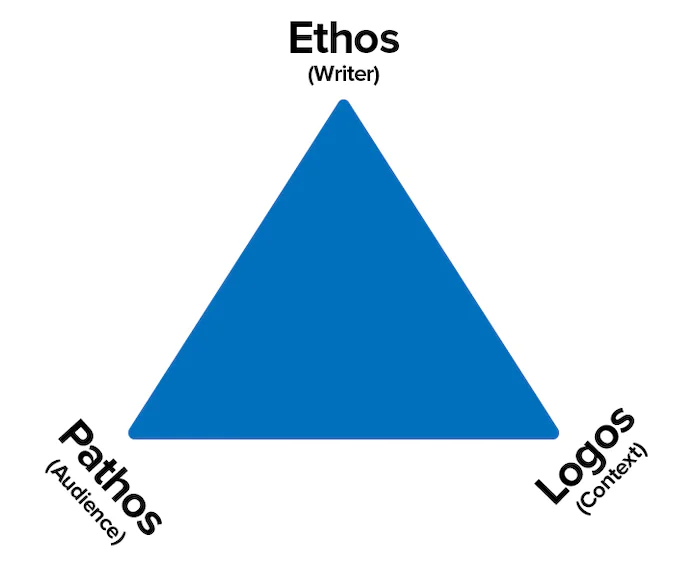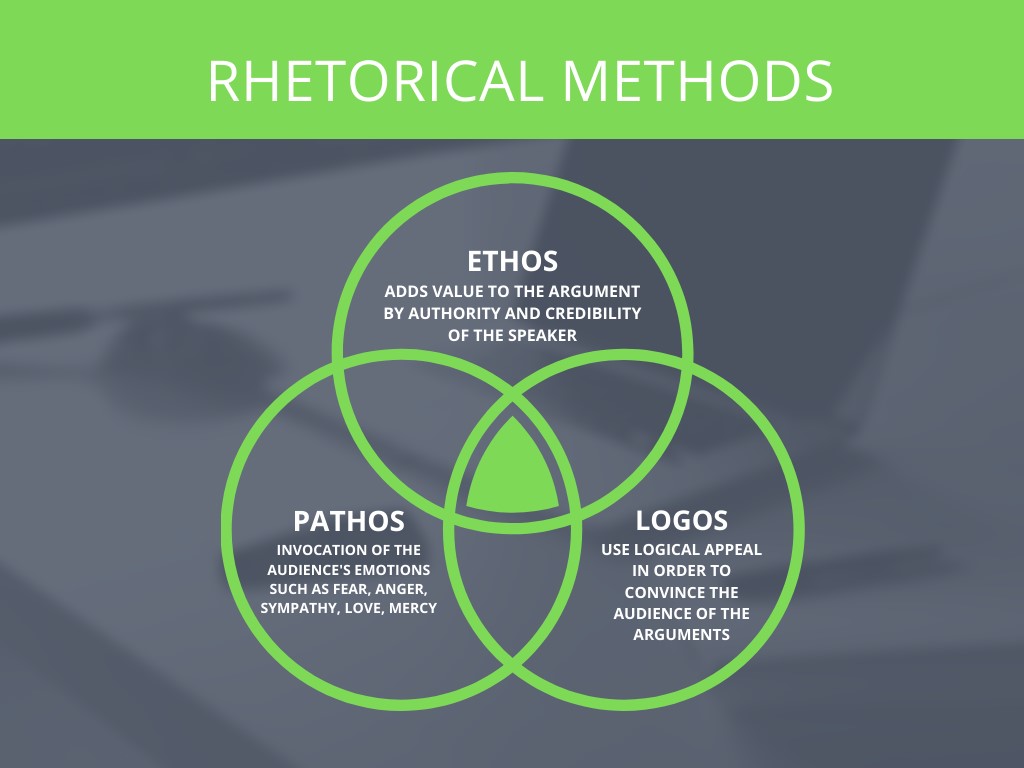Unlocking Rhetorical Analysis: Exploring Its 3 Essential Components
What Are The 3 Parts Of Rhetorical Analysis?
Keywords searched by users: What are the 3 parts of rhetorical analysis write a persuasive argument (~200 words) using at least 3 different rhetorical devices, Rhetorical Analysis là gì, List out some common rhetoric faults and find one example for each of the type listed, Aristotle’s 3 pillars of negotiation, Rhetorical devices là gì, Ethos is the mode of persuasion based upon, 5 canons of rhetoric, Which is not a feature of a rhetorical situation
What Are The Three Types Of Rhetorical Analysis?
Rhetorical analysis involves employing various persuasive strategies to effectively communicate with an audience. These strategies, known as rhetorical appeals, encompass three key methods of argumentation: logos, ethos, and pathos. Logos focuses on logical reasoning and evidence, ethos emphasizes the credibility and authority of the speaker or writer, and pathos aims to evoke emotional responses in the audience. Understanding and skillfully utilizing these three rhetorical appeals is essential for crafting compelling and persuasive communication.
What Are The 3 Parts Of A Rhetorical Situation?
Understanding the concept of a rhetorical situation involves recognizing its three fundamental components. Firstly, the context plays a pivotal role, serving as the backdrop against which communication takes place. This context can encompass a wide range of factors, including historical events, cultural norms, and prevailing circumstances, all of which shape the message’s significance.
Secondly, the audience represents a crucial element within the rhetorical situation. This comprises the individuals or group that the message is directed towards. Their attitudes, beliefs, values, and expectations significantly influence how the message will be received and whether it achieves its intended impact.
Lastly, the purpose of the speech serves as the guiding force behind the communication. It clarifies why the message is being delivered in the first place. Is it to inform, persuade, entertain, or perhaps a combination of these? This element provides the “why” behind the message and drives the speaker’s choices in content, tone, and delivery style. By comprehending these three interrelated components – context, audience, and purpose – one can gain a deeper insight into the complexities of a rhetorical situation and the art of effective communication.
What Are The Three Steps Of A Rhetorical Analysis?
Rhetorical analysis involves a structured examination of persuasive techniques employed in communication. This analytical process primarily revolves around three key elements known as the rhetorical appeals, which were first identified by Aristotle. These appeals, namely ethos, pathos, and logos, serve as the foundation for understanding how a speaker engages with their audience on multiple levels. Ethos pertains to the ethical appeal, focusing on how the speaker establishes credibility and trustworthiness. Pathos delves into the emotional appeal, highlighting the speaker’s use of emotions to connect with the audience. Lastly, logos represents the logical appeal, showcasing how the speaker employs reasoning and evidence to support their argument.
To convey these appeals effectively, a speaker employs various rhetorical strategies, such as vivid imagery, compelling anecdotes, illustrative examples, and precise data. These strategies serve as the tools that help bring ethos, pathos, and logos to life within a rhetorical analysis, providing readers with a comprehensive understanding of how persuasive communication functions.
Found 46 What are the 3 parts of rhetorical analysis





Categories: Share 18 What Are The 3 Parts Of Rhetorical Analysis
See more here: caitaonhacua.net

Aristotle taught that a speaker’s ability to persuade an audience is based on how well the speaker appeals to that audience in three different areas: logos, ethos, and pathos. Considered together, these appeals form what later rhetoricians have called the rhetorical triangle.There are three different rhetorical appeals—or methods of argument—that you can take to persuade an audience: logos, ethos, and pathos.The rhetorical situation has three components: the context, the audience, and the purpose of the speech.
Learn more about the topic What are the 3 parts of rhetorical analysis.
- Understanding and Using Logos, Ethos, and Pathos
- 3 Rhetorical Devices You Need to Know to Persuade an Audience
- 12.1 Rhetorical Situation – Business Communication for Success
- How to Write a Rhetorical Analysis: 6 Steps and an Outline for Your Next …
- Rhetorical Analysis – University Writing Center (UWC)
- 3.7 Rhetorical Modes of Writing – Informed Arguments